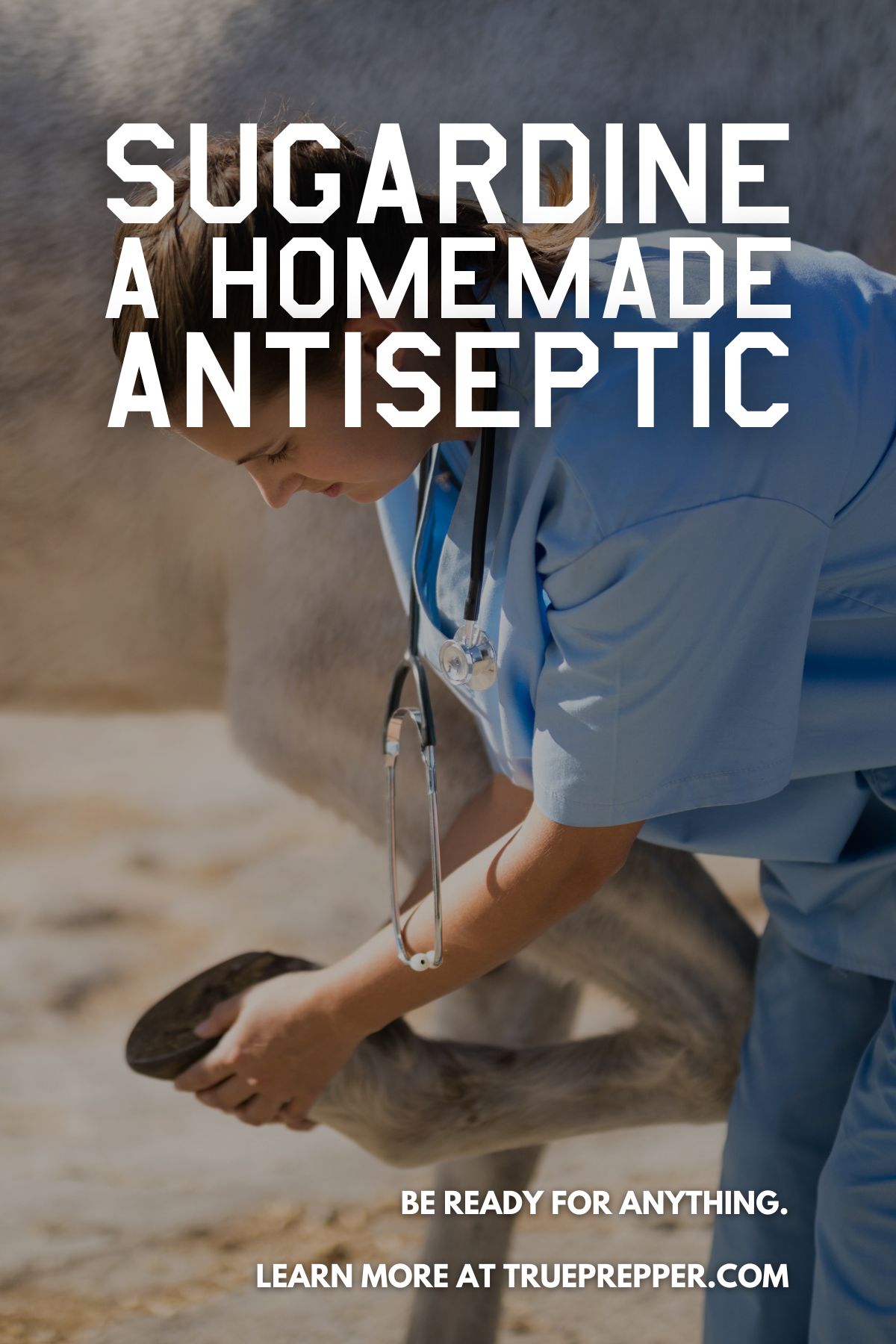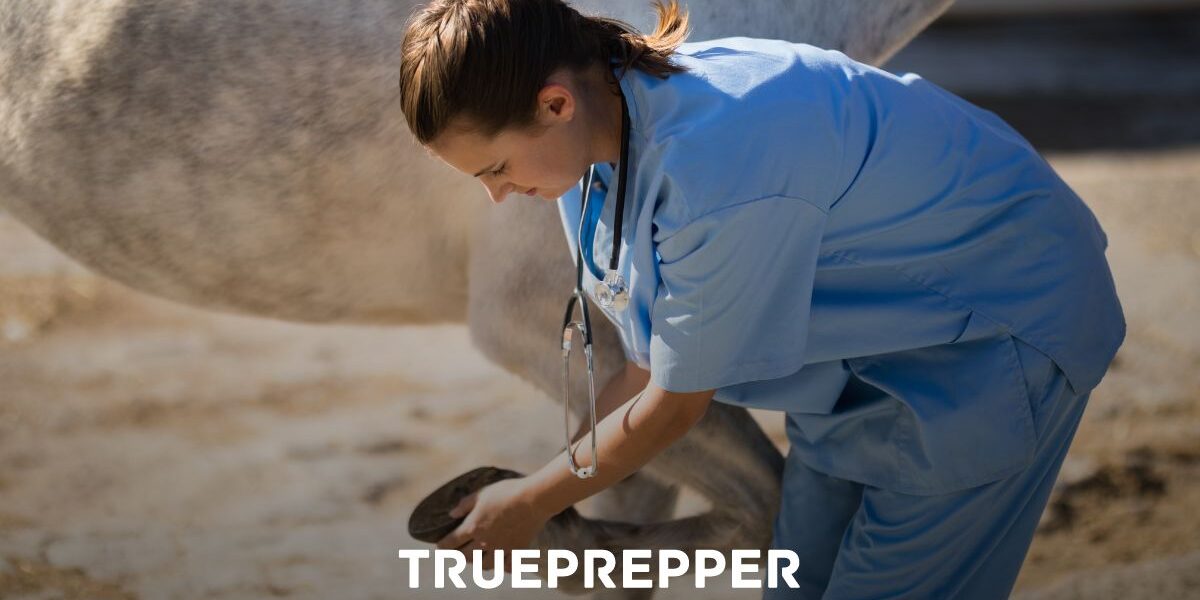Sugardine: A Homemade Antiseptic for Wound Care
Sugardine, a homemade remedy consisting of sugar and iodine, is a lesser-known antiseptic that is commonly used in stables for treating wounds. While it may not be widely used outside of the equestrian world, sugardine has gained recognition among horse trainers and is referenced in various veterinary manuals. In this article, we will explore the concept of sugardine, including how to make it, preparation, mechanism of action, and appropriate usage.
What is Sugardine?
Sugardine is a homemade remedy of sugar and iodine that you do not see too often outside of stables these days. It is an antiseptic, meaning it reduces the chance of infection, sepsis, or putrefaction when applied. Basically, it disinfects wounds.
People use sugardine often when treating wounds on horses, especially on hooves because it does not dry them out. Sugardine is referenced in many veterinary manuals and recommended by many horse trainers.
How to Make Sugardine
You can whip up a batch of sugardine in no time. First, gather the ingredients:
- Iodine (10% solution) or you can use betadine, which is easier to find
- White sugar
Then, mix one-part iodine with two parts white sugar. Stir until the sugar is thoroughly mixed. You know you have it right when it is the same consistency as toothpaste or honey. You will want to store sugardine in a container with a lid so it lasts a good while. It may harden a little, but working it and stirring it back up will get it back to its peanut butter consistency.
Understanding How Sugardine Works
It is pretty commonly known that sugar feeds bacteria. But in large quantities, sugar keeps bacteria from growing by absorbing moisture. That is why sugar keeps well and solidifies rather than growing mold- it absorbs moisture. While the iodine is an antiseptic in itself, the sugar allows the iodine to become a paste and is antimicrobial as well, since the sugar cannot be diluted by blood or other fluids when it is suspended in the iodine.
Sugar has been known for its wound-healing properties since pre-modern times. At Cairo University, they published an article not too long ago about treating ulcers with sugardine. They found that sugar not only pulls moisture from bacteria, essentially killing it, but it also helps repair damaged tissue. They wrote about sugardine: “The mixture is applied as a paste. It’s easy to use, painless, inexpensive, and it works.”
Horse Care
Sugardine has become a popular choice among horse owners and trainers for treating wounds in horses. Due to its antiseptic properties and gentle nature, sugardine is often applied to wounds on horses, particularly on their hooves. Unlike some other antiseptics, it does not dry out the hooves, making it an ideal option for maintaining hoof health.
Many veterinary manuals and horse care resources recommend the use of sugardine for its effectiveness in disinfecting wounds and promoting healing in these magnificent animals. Horse enthusiasts have embraced it as a valuable tool in their equine first aid kits.
When to Use Sugardine
While sugardine offers valuable wound-healing properties, it is crucial to understand its appropriate usage. Sugardine should be considered a last resort when conventional antiseptics or antibiotics are unavailable. It is important to prioritize professional medical care in cases requiring urgent attention.
Prior research and thorough allergy checks are essential before utilizing it or any homemade medical remedy.
The Final Word
Unlock the potential of sugardine, a homemade antiseptic solution widely embraced by the equestrian community. By combining iodine and sugar, it effectively disinfects wounds, providing an alternative approach to wound care.
Remember that homemade remedies should not replace professional medical advice, and they should only be used when conventional options are limited. As you explore the benefits of this natural remedy, ensure thorough research and caution to guarantee safety and avoid adverse reactions.
Here are some more articles our subscribers have found helpful:
- The Best Sting Relief for First Aid and Survival
- The Best Survival Tourniquet for First Aid Prepping
- Survival First Aid Kit Guide, Gear, and Checklist
Keep exploring, stay prepared, and be safe.
You’ve Been Missing Out
Join the 2+ million preppers that rely on our prepping advice by subscribing to TruePrepper.- Practical guides and tips
- Useful survival giveaways
- Free, forever
- < 0.4% of people unsubscribe



Yes this works very well. When I was a NA and my nurse that I worked with used this on a bed sore it was a pretty bad one, I couldn’t believe how fast and well it healed.